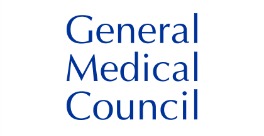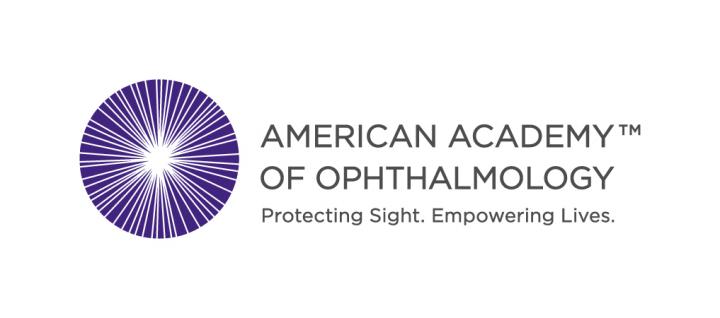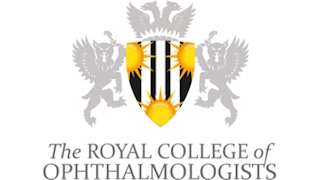Ageing eye conditions
Age-related Macular Degeneration
Age-related Macular Degeneration (AMD) is the leading cause of legal blindness in the elderly Caucasian population but is relatively rare in other races. The degenerative condition of the central retina (macula) only affects central vision, leaving peripheral vision intact.
We offer the following treatments for AMD:
And can examine you with Optical Coherence Tomography (OCT)
Cataracts
Patients with cataracts usually complain of blurred vision either at distance, near, or both. This may interfere with tasks such as driving or reading. Other common complaints include glare, halos, and dimness of color vision.
We offer following treatments for cataract:
Glaucoma
Glaucoma is a disorder associated with pressure in the eye and is characterised by damage to the optic nerve, with a consequent visual loss. Initially, visual loss is peripheral, but potentially blinding if relentlessly progressive.
We offer following treatments for Glaucoma:
- Eye drops, oral medications
- Optical Coherence Tomography (OCT) (Examination)
- Laser therapy
Presbyopia
After age 40, the lens becomes more rigid. It cannot change shape as easily. This makes it harder to read, thread a needle, or do other close-up tasks.
We offer following treatment for presbyopia:
At a glance
YOUR SPECIALIST
General eye conditions
Amblyopia (Lazy Eye)
Amblyopia is when vision in one or both eyes does not develop properly during childhood. It is sometimes called “lazy eye.” Amblyopia is a common problem in babies and young children. A child’s vision develops in the first few years of life. It is important to diagnose and treat amblyopia as early as possible. Otherwise, a child with amblyopia will not develop normal, healthy vision.
Dry eye
Our eyes need tears to stay healthy and comfortable. If your eyes do not produce enough tears, it is called dry eye. Dry eye is also when your eyes do not make the right type of tears or tear film.
We recommend the following treatments for dry eye:
- Eye drops
- Ointments
Pink Eye (Conjunctivitis)
Conjunctivitis is often called “pink eye.” It happens when the conjunctiva is irritated by an infection or allergies. Your eyes are red and swollen (inflamed), and sometimes they have a sticky discharge. You can have conjunctivitis in one or both eyes. Some types of pink eye are very contagious (easily spread from person to person).
Pseudostrabismus
The eyes of infants often appear to be crossed, though actually they are not. This condition is called pseudostrabismus. Young children often have a wide, flat nose and a fold of skin at the inner eyelid that can make eyes appear crossed.
Pterygium
A pterygium is a fleshy, wedge-shaped growth on the cornea of the eye. This elevated growth of elastic and connective tissue usually begins on the inner corner of the eye and extends toward the center of the eye. A pterygium is the result of an abnormal process in which the conjunctiva grows onto the cornea.
We offer the following treatments for pterygium:
- Eye drops or ointments
- Surgery
Strabismus
Strabismus is a visual problem in which the eyes are not aligned properly and point in different directions. One eye may look straight ahead, while the other eye turns inward, outward, upward, or downward. The eye turn may be consistent, or it may come and go. Which eye is straight (and which is misaligned) may switch or alternate.
Uveitis
Uveitis occurs when the middle layer of the eyeball gets inflamed (red and swollen). This layer, called the uvea, has many blood vessels that nourish the eye. Uveitis can damage vital eye tissue, leading to permanent vision loss.
Retinal disorders
Detached and Torn Retina
Usually, the vitreous moves away from the retina without causing problems. But sometimes the vitreous pulls hard enough to tear the retina in one or more places. Fluid may pass through a retinal tear, lifting the retina off the back of the eye — much as wallpaper can peel off a wall. When the retina is pulled away from the back of the eye like this, it is called a retinal detachment.
Diabetic retinopathy
Diabetic retinopathy is the leading cause of acquired blindness among Americans under the age of 65. The great majority of this blindness can be prevented with proper examination and treatment by ophthalmologists (Eye MDs).
We offer the following treatment for Diabetic retinopathy:
Floaters and Flashes
Floaters look like small specks, dots, circles, lines or cobwebs in your field of vision. While they seem to be in front of your eye, they are floating inside. Floaters are tiny clumps of gel or cells inside the vitreous that fills your eye. What you see are the shadows these clumps cast on your retina.
Retinoblastoma
Retinoblastoma is cancer of the eye. It begins in the retina, the layer of nerve cells lining the back of the eye. It happens when nerve cells in the retina change, growing in size and number. The cells eventually form a tumor. The cells usually spread in and around the eye. They can also spread to other parts of the body, including the brain and spine.
Eyelid conditions
Bell’s Palsy
Bell’s palsy is a nerve problem that affects the muscles of your face. It causes weakness or partial paralysis of the muscles on one side of your face. With Bell’s palsy, your eyelid may not close properly and your smile may seem uneven. Bell’s palsy usually affects adults only. It is more likely to happen to people who have diabetes, are pregnant, or have a family history of Bell’s palsy.
Eyelid and Orbital Tumors
Eyelid tumors appear in the eyelids in the form of small injuries, pimples or lumps that in some cases may itch, sting or even bleed and produce scabs.
Orbital tumors are located in the orbital cavity that surrounds the eye which is caused by different reasons. The patient may notice that their eyes are bulging or misaligned, and they may experience double vision.
Frown Lines
Frown lines, also called Glabellar lines, appears as you get older. Those are deep wrinkles and in the skin between the eyebrows or on the forehead resulted from squinting, frowning and repeated expressions for years.
We offer following treatments for Frown lines:
- Botox
Ptosis
Ptosis is when the upper eyelid droops over the eye. The eyelid may droop just a little, or so much that it covers the pupil (the black dot at the center of your eye that lets light in). Ptosis can limit or even completely block normal vision. Children and adults can have ptosis. Fortunately, this condition can be treated to improve vision as well as appearance.
Refractive errors
Astigmatism
Astigmatism is an imperfection in the curvature of your eye’s cornea or lens. Normally, the cornea and lens are smooth and curved equally in all directions. This helps to focus light rays sharply onto the retina at the back of your eye. If your cornea or lens isn’t smooth and evenly curved, light rays aren’t refracted (bent) properly. Doctors call this a refractive error.
We offer following treatments for Astigmatism:
Hyperopia
Hyperopia (farsightedness), is a refractive error, which means that the eye does not bend or refract light properly to a single focus to see images clearly. In hyperopia, distant objects look somewhat clear, but close objects appear more blurred.
We offer following treatments for hyperopia:
Myopia
Myopia, or nearsightedness, is a refractive error, which means that the eye does not bend or refract light properly to a single focus to see images clearly. In myopia, close objects look clear but distant objects appear blurred.
We offer the following treatments for myopia:
Low vision
Low vision is when you have lost a certain amount of eyesight. With low vision it is hard or impossible to do many of your normal tasks. Sometimes low vision can be improved with medication, surgery, eyeglasses or other options. If your low vision cannot be improved, there are ways to adapt. You can learn new ways to make the most of the vision you do have.
Memberships and Accreditations
About the author
Leonard Teye-Botchway
Consultant Ophthalmic Physician and Surgeon |MBChB, FRCS(G), MBA, FWACS, FGCS, DCEH (Lond), Postgraduate Diploma in Cataracts and Refractive Surgery
I am Leonard Teye-Botchway and I am the Medical Director and Consultant Ophthalmologist at Bermuda International Institute of Ophthalmology in Bermuda. The joy and elation I get from seeing patients who are very happy they can see after surgery is almost unimaginable. This is what really drives me to carry on being an ophthalmologist.
We have sourced some or all of the content on this page from The American Academy of Ophthalmology, with permission.










